Brand loyalty: Turning idle enthusiasm into active allegiance
| July 22, 2020

When fans of the Ben & Jerry’s ice cream brand snapped a few photos of themselves for a contest, they probably weren’t expecting what came next.
The winners, selected by the brand, showed up everywhere! We’re talking billboards, newspapers, coasters at the bar and more.
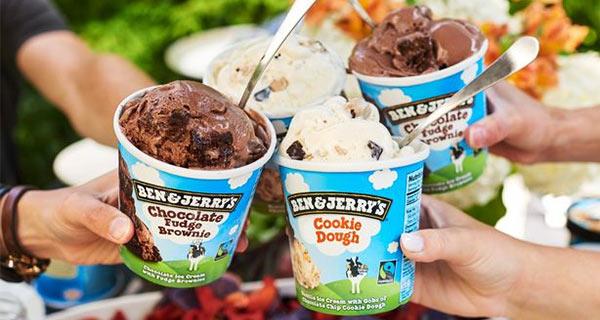
Without requiring even a single purchase of their product, Ben & Jerry’s grew their brand loyalty, simply by getting creative and showing they care about their fellow humans.
This is just one of many examples that details some unique yet powerful ways for brands to grow. In this article, I’ll guide you through some key strategies to create brand loyalty – strategies that aren’t yet on everyone’s radar.
What is brand loyalty?
Brand loyalty is a customer’s inclination to habitually purchase a product or service from a brand, regardless of situational changes or competitor’s attempts to entice them. It often so happens that the loyal customer will become an active supporter of the brand, suggesting it to friends and family.
There is an underlying concept of brand loyalty that cannot be understated: the loyal customer sticks with their brand no matter the current price, accessibility or even satisfaction of the product or service.
They’ve stumbled upon what they like or want, and they’ve found a brand who they like and want to stick with. No amount of sales, specials and advertising campaigns is going to pull them away.
With a good understanding of the concept, it becomes clearer what kind of things need to be done in order to build brand loyalty. Before we dive into how to do that, let’s first consider the reasons why we should.
3 reasons to focus more on building brand loyalty
It could take quite a while to give every single advantage associated with brand loyalty. Instead, I’ll give you three that really stand out:
1. Brand loyalty breeds brand advocacy
We hear all the time that brand advocates are much more valuable to a brand than even the loyalest of customers. This is because advocates often lure other customers to a brand, as well as stay loyal to it themselves.
A brand advocate is someone who promotes a brand without being paid to do so. Their promotion is valuable because it’s free and effective. People are more likely to make a purchase based on a brand advocate over an advertisement.
It’s clear that creating brand advocates is crucial to success, which brings us back to brand loyalty. Since we know that brand loyalty can eventually generate advocacy, it shows us how important brand loyalty can be, especially long term.
2. Gives brands a leg up over direct competitors
“In the world of internet customer service, it’s important to remember your competitor is only one mouse click away.” – Doug Warner
Here’s the reality about our competition: They want all of our customers, and they’ll do everything in their power to get them. Every move we make, advertisement we put up or new product we create, they’ll try to outdo and undermine.

Now, imagine that all their efforts to steal our customers away were completely in vain. No matter how much better their product became or how much cheaper their prices, our customers wouldn’t dare budge.
This is brand loyalty’s greatest strength – acting like a coat of armor that shields us from all attacks from the competition.
3. Increases overall revenue
The above two benefits feed directly into this one, making it a bit more obvious. Obvious or not, it needs mentioning, because it’s the result brands strive for when building loyalty.
Nearly 70% of the average company’s business, in fact, is from repeat customers. When you factor in all the benefits of brand loyalty – promotes advocacy, helps brands outduel competitors, increases customer willingness to pay a higher price – it’s no wonder it boosts revenue.
Of course, each case will be different, but we can calculate a general evaluation based on some data. For example, roughly 40% purchase from a brand they like regardless of price. Similarly, small amounts of increased customer loyalty results in exponential increases in profits, usually 5-10x as much.
Make sure to utilize our branding guide for a comprehensive breakdown of loyalty and more.
All these benefits add up, making loyalty an undeniably important factor. So, how do we work toward building brand loyalty?
The unique strategies needed to build brand loyalty
“I’ll take fifty percent efficiency to get one hundred percent loyalty.” – Samuel Goldwyn.
Some of the ideas I’m going to suggest here might surprise you, but that’s a positive. There are plenty of other brands out there fighting for the exact same thing as you. If you’re going to war using identical weapons, things will be fairly even.

That’s why it’s important to look for ways to be better – using methods your competitors aren’t using or even aware of.
I’ll begin with some fundamental strategies, then dive into some of the more uncommon yet effective approaches.
The fundamental strategies needed to succeed
As promised, these are the bare-minimum, essential strategies that will make building brand loyalty a reality. Follow each best you can at every turn.
Emphasize product focus and support
This is quite simple, yet it reigns supreme above all other tasks when it comes to building brand loyalty: the product or service you offer needs to remain the main target of your efforts.
Let’s face it, the reason customers stick with a brand is mostly (at least early on) the quality of the service or product provided, and the support it is given. No amounts of brand values or virtues will create loyalty if the product is lacking.
However, that’s not to say that your service has to beat the competition – it doesn’t. But it does have to be quality enough and meet customer needs adequately to build any type of loyalty.
It’s important to note that even though creating brand loyalty ensures a customer will continue to use your product over the competition, the fight to maintain them shouldn’t end there.
Get out in front of potential problems or stagnations with research and analysis and make adjustments before loyalty fades. It might even help to check in with customers for potentially valuable feedback.
No matter what, you’re not building brand loyalty without top-notch customer service
Approximately ¾ of customers admit that they wouldn’t mind spending a bit more on a product if the customer service was exceptional.
More importantly, at least for this topic, is the fact that nearly 90% of customers will continue to purchase from brands who provide top-notch customer service.
This goes beyond being friendly and helpful. Customer service that builds loyalty is more comprehensive.
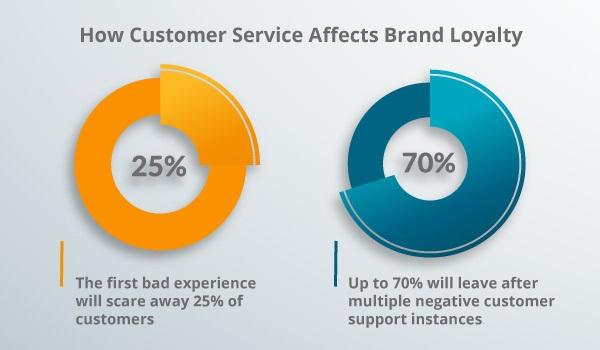
As you strive for better customer service, keep up with your research to examine important trends. Just because customers might have expected a response to an email or message within four hours years ago, doesn’t mean that’s their expectation now.
Staying current on customer service trends will result in getting things right to meet essential needs and requirements.
Finally, pay attention to the different ways customers want to connect with your brand. This changes every so often. I’ll touch on this a bit more later.
Stay ahead of and adapt to consumer trends
As we noted with customer service, trends are pretty important to build brand loyalty. Consumer trends are especially essential, as they provide a blueprint to how a brand should change based on customer behavior.
It’s pretty rare for a trend to go unchanged for long periods of time. You’ll need to adapt quickly to stay relevant. One way to do this is through extensive research and data analysis. Future campaigns and changes should reflect your research.
Consider Netflix, for example. Their original model involved sending discs via mail to a house, then requiring customers return the discs in a provided envelope. Had they ignored the customer’s changing needs, they would have failed. However, they adapted, becoming a streaming service.
Now that you have a strong grasp of the basic tools required to boost brand loyalty, we’ll transition into some of the more unique ways to further your success.
Lesser-known brand loyalty-building strategies
Many brands fail to understand and attempt to follow the following strategies, which typically causes them to fail in general – especially regarding building brand loyalty.
Rewards and loyalty programs are dynamic – try to keep up
It makes sense that offering a loyalty program and other rewards would help create loyalty. However, just as we mentioned with consumer trends, your rewards and loyalty programs require a lot of attention to stay effective.
It’s one thing to offer some type of reward to customers to encourage purchases. That’s almost a given at this point, and doing so won’t give you an advantage over many competitors. However, Consider the opportunity you have to differentiate here.
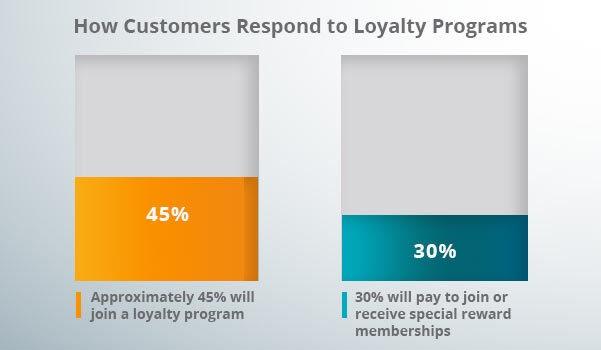
Look at the ways that customers want rewards delivered or loyalty programs run. It seems like the more extensive and specific these services become, the more they create brand loyalty. Conversely, the more stale and stagnated they become, the less customers care about them.
Involvement and excitement are big proponents of a successful rewards program. Structure yours in a way that captures both these feelings while staying current with trends.
Lastly, the power of smartphones has allowed for more thoughtful rewards and loyalty programs that make customers feel like they’re working towards a goal each time they buy from a brand. Evaluate your rewards to see if they’re measuring up to these new and exciting programs.
Utilize the potential efficiency that digital connections offer
If a customer receives great customer service via email, in-person or over the phone, then gets poorer service from the same brand via social media, brand loyalty will be an impossibility. It’s vital, especially today, that your digital connection points don’t lag behind.
This applies to both the quality of the service as well as the other factors that customers expect, such as response times. If someone emails a company and receives a reply within 30 minutes, they will expect a similar response time when they connect on social media.
As social media continues to expand, this can become a bit more difficult. Fortunately, there are modern tools dedicated to help brands manage their overall social media experience. Buffer, for example, unifies all channels into one program, making it easy to quickly respond to questions from different sites.
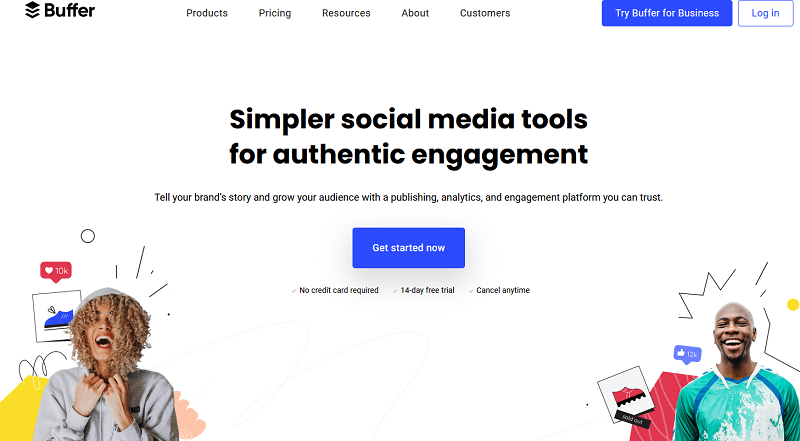
Next, use the potential power of digital connections to build online groups that promote togetherness and other qualities. These will result in an increase in brand loyalty, as they usually entail deeper, more meaningful communication between customers and brands.
Remember that I’m not suggesting that your digital customer service should be focused on more. I’m simply pointing out that if there isn’t a seamless transition from one to the other, it will be harmful.
Focus on improving and maintaining brand experience
A meaningful brand experience helps customers see a brand in a different light. It often results in customers having positive feelings about a brand, which in turn creates loyalty.
So how does a positive brand experience boost brand loyalty? Consider the following example. In 2015, Microsoft promoted a new video game release for their Xbox system by having people compete against one another.
Their task was to be the last person standing among a group of eight who were in front of a promotional billboard in the freezing cold.

The event was streamed online, giving users an unforgettable experience that was sure to keep Xbox in the forefront of people’s minds and conversations for quite some time.
These types of moments let customers connect with a brand on an emotional level which, when partnered with a quality product, nurtures loyalty.
You’re now armed with some key tips to build brand loyalty, but there’s another concept to consider before we move onto some examples, and that’s whether you can lose brand loyalty or not.
Can you lose brand loyalty?
Brand loyalty can evaporate when consumer trends change, but the product doesn’t keep up with these changes.
If you’ve been selling a delicious chicken and red pepper sandwich for years, you’ll need to adapt if consumers turn against eating red peppers altogether. This is an obvious example, but it’s harder than it seems to change something that has worked for so long.
The good thing about brand loyalty is it’s hard to shake off in a brief few moments. Your customers will stick around even if you stagnate for a while. However, eventually they’ll want something more.
The best way to avoid losing it is to keep up with your crucial research of the markets and how customers are using products. If it helps, set some type of schedule to conduct analysis every so often.
Looking at successful brands often helps us move along the process. Therefore, we will examine some brands that did it right.
Some helpful examples of brand loyalty in action
The following three examples all demonstrate a completely different situation where a brand built loyalty. Use each to find your own path in the matter.
Coca-Cola
Coca-Cola is a helpful example brand to point to when it comes to loyalty because they have a direct competitor, Pepsi, which attempts to undermine Coke at every turn.
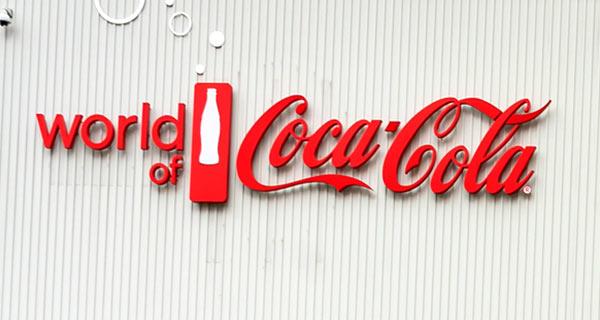
Despite these numerous attempts by Pepsi to lure away customers, Coke remains seemingly invincible and always comes away unscatched, thanks to their extensive loyalty.
In the ultimate case of ‘invincibility’, Coke decided to discontinue their long-running rewards program, which for whatever reason didn’t seem to deter their loyal customers from sticking around.
Apple
Apple doesn’t build brand loyalty through rewards programs. Instead, they stoke loyalty by incentivizing customers through products that build off one another.
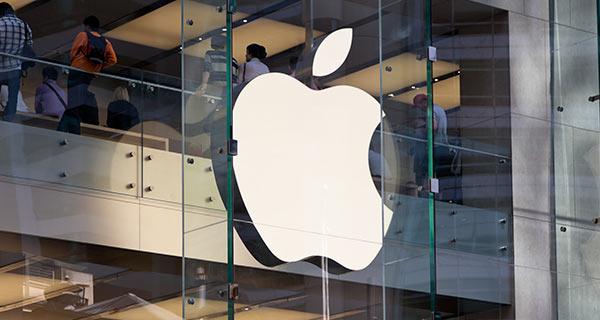
For example, it only makes sense to pair your new iPhone with Airpods and an Apple Watch. Even if you initially don’t have the Apple brand in mind when considering earbuds and an electronic watch, you’ll likely land there because of how well they supplement your iPhone.
Essentially, Apple used creative marketing and product design to build brand loyalty.
Amazon
Amazon has cracked the code for brand loyalty, finding ways to give customers exactly what they want far better than anyone else can provide, all while keeping them coming back more and more often.
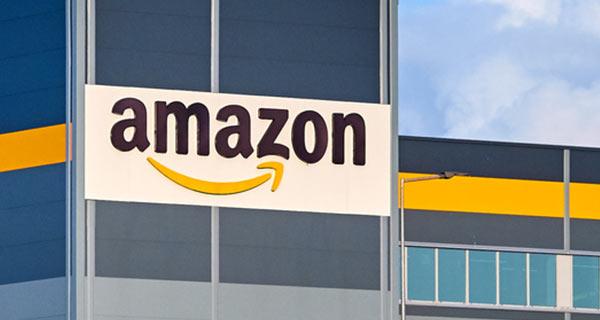
The biggest way Amazon tackled the brand loyalty concept was by offering the Amazon Prime service, which is a paid loyalty program that gives free shipping and streaming services to users.
Prime memberships act as a way to both retain customers and keep them happy, since it’s both a helpful service and a motivator to purchase only through Amazon (you’ve paid for Prime, why buy from anywhere else?).
Final thoughts
Building brand loyalty doesn’t have to be a complicated process.
But, it’s doubtful that you’ll keep customers from switching to the competition if you don’t have complexity in your strategies.
If your preparation, research and adherence to customers is on point, you’re sure to succeed.

